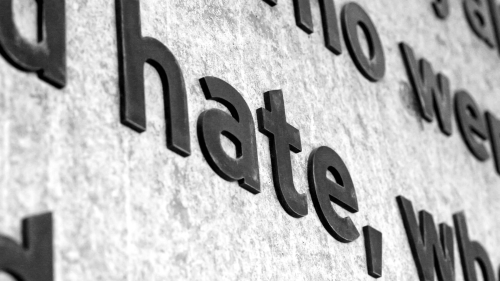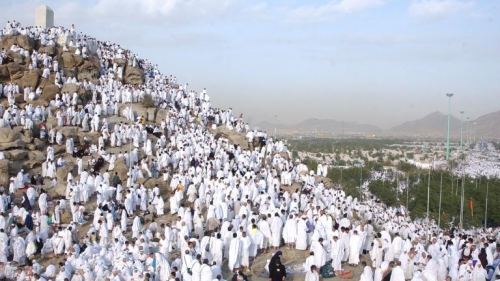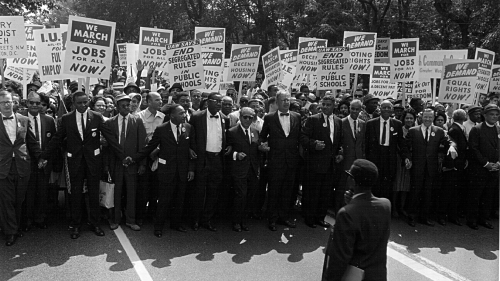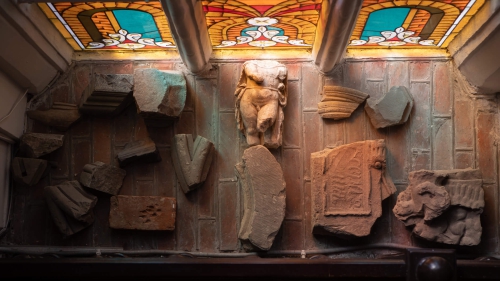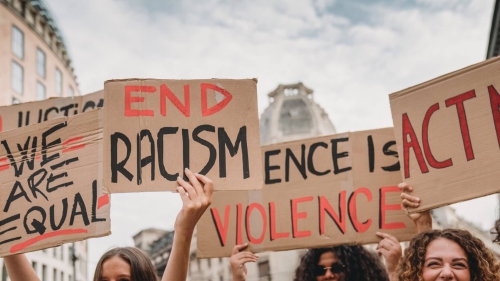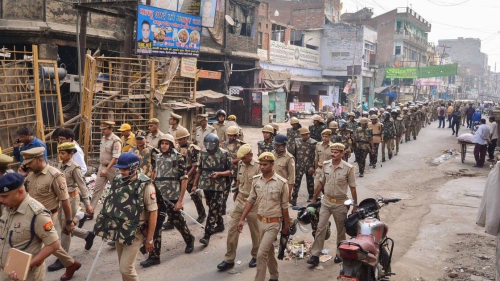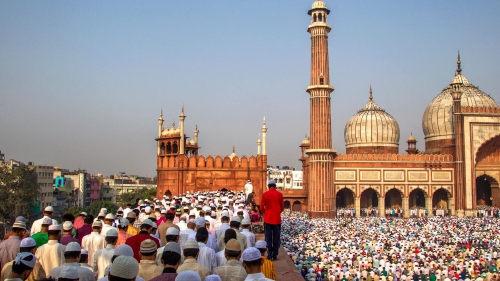Juneteenth: Race Still Matters
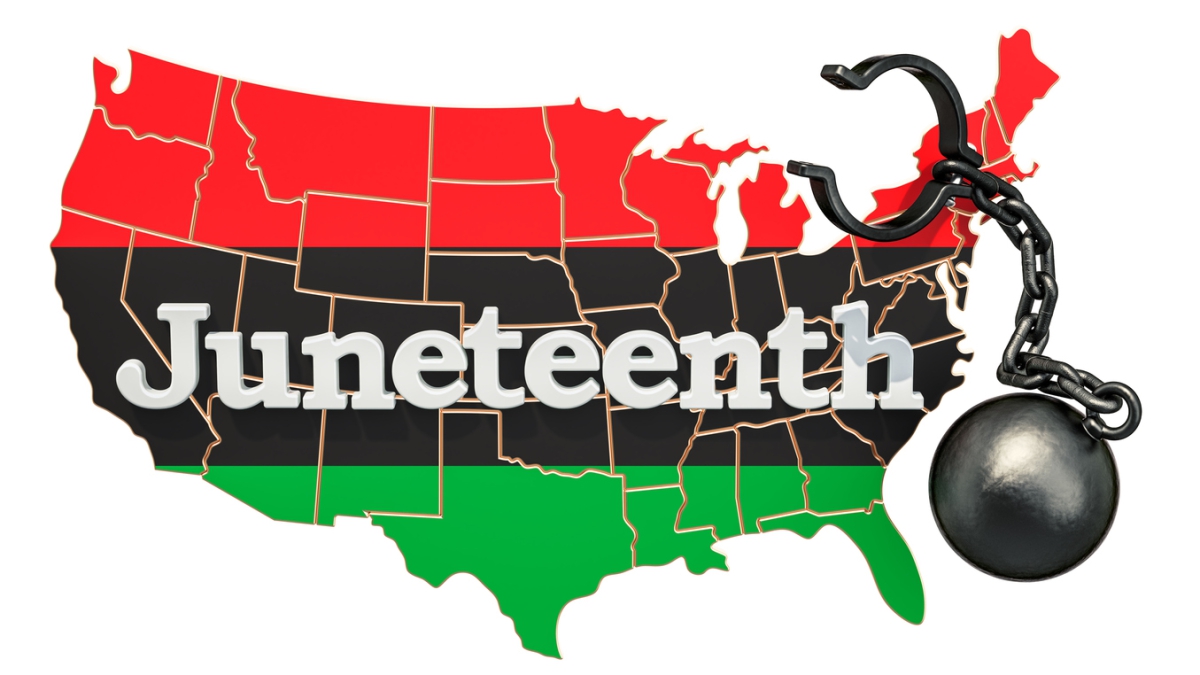
On September 22, 1862, U.S. President Abraham Lincoln issued a preliminary warning that he would order the emancipation of all slaves in any state that did not end its rebellion against the Union by January 1, 1863. None of the Confederate states opposing him did so, and Lincoln's order was signed and took effect on January 1, 1863.
The Emancipation Proclamation outraged white Southerners and their supporters, who saw it as the beginning of a race war. It angered some Northern Democrats, energized abolitionists, and undermined those Europeans that wanted to intervene to help the Confederacy. The Proclamation lifted the spirits of African-Americans, both free and slave. It led many slaves to escape from their slave masters and get to Union lines to obtain their freedom, and to join the Union Army against the Confederate army.
Two and a half years after President Lincoln’s Emancipation Proclamation, the Union soldiers, led by Major General Gordon Granger, landed at Galveston, Texas, with news that the war had ended and that the enslaved were now free. The date was on June 19th, 1865.
What took this long for the Proclamation to be conveyed down south? It is often said that a messenger who was dispatched to convey the message of emancipation, was murdered on his way to Texas. Another story is that the news was deliberately withheld by the slave masters to maintain the labor force on the plantations. And still another is that federal troops actually waited for the slave owners to reap the benefits of one last cotton harvest before going to Texas to enforce the Emancipation Proclamation.
It can safely be said that the Emancipation Proclamation had little impact on the Texans due to the minimal number of Union troops to enforce the new Executive Order. The southern states were still under non-Union generals. However, with the surrender of General Robert E. Lee in April of 1865 with his 28,000 troops to Union General Ulysses S. Grant, effectively ending the American Civil War, and the arrival of General Granger’s regiment, the forces were finally strong enough to influence and overcome the resistance.
One of General Granger’s first orders of business was to read to the people of Texas, General Order Number 3 which began most significantly with:
"The people of Texas are informed that in accordance with a Proclamation from the Executive of the United States, all slaves are free. This involves an absolute equality of rights and rights of property between former masters and slaves, and the connection heretofore existing between them becomes that between employer and hired laborer."
As expected, the reactions to this profound news ranged from pure shock to immediate jubilation. Many emancipated slaves left those plantations to smell freedom in their lives. North was a logical destination and for many it represented true freedom, while the desire to reach family members in neighboring states drove some into Louisiana, Arkansas, and Oklahoma. Settling into these new areas as free men and women brought on new realities and the challenges of establishing a heretofore non-existent status for black people in America.
Less known to the white Americans and others, June 19 came to be celebrated as ‘Juneteenth’ amongst the Afro-American community. The Juneteenth celebration was a time for reassuring each other, for praying and for gathering remaining family members. Juneteenth continued to be highly revered in Texas decades later, with many former slaves and descendants making an annual pilgrimage back to Galveston on this date.
On January 1, 1980, Juneteenth became an official state holiday in Texas through the efforts of Al Edwards, an African American state legislator. The successful passage of this bill marked Juneteenth as the first emancipation celebration granted official state recognition.
The poem “We Rose,” by Kristina Kay (shared below), has been called one of the “official poems” of the Juneteenth.
We Rose
From Africa’s heart, we rose
Already a people, our faces ebon, our bodies lean,
We rose
Skills of art, life, beauty and family
Crushed by forces we knew nothing of, we rose
Survive we must, we did,
We rose
We rose to be you, we rose to be me,
Above everything expected, we rose
To become the knowledge we never knew,
We rose
Dream, we did
Act we must.
Texas was the last Confederate state to get the news. This year, the day is particularly meaningful, as America protests racial injustice while coronavirus devastates America’s Black community.
Some 56 years since the passage of the Civil Rights Acts of 1964, race still matters in the land of Lincoln! As it was true back in the 1960s, during the civil rights movement of leaders like Malcolm X, Muhammad Ali and Martin Luther King Jr. – when the nation bore witness as police aimed high-powered hoses and roaring dogs on black men, women, and even children who wanted just one thing — to be treated the same as white Americans, black Americans continue to be treated badly. They suffer. They make up the majority of the incarcerated people. They are more prone to be killed when confronted by the police. Mutual suspicion remains high, which sometimes results into unnecessary violence, often in the hands of a trigger-happy cop. The Ku Klux Klan is still active and so are many white supremacists that feel energized with President Trump in the White House.
Obviously, race tensions were much worse a century ago. In those days, numerous lynching and other acts of racially motivated violence was rather quite common. There were also militant efforts by African Americans to prevent such attacks on their communities.
The years following World War I, much of the USA saw a spike in racial tensions, including the resurgence of the KKK.
By 1921, fueled by oil money, Tulsa, Oklahoma was a growing, prosperous city with a population of more than 100,000 people. But crime rates were high, and vigilante justice of all kinds wasn’t uncommon. The city was also a highly segregated city: Most of the city’s 10,000 black residents lived in a neighborhood called Greenwood, which included a thriving business district sometimes referred to as the Black Wall Street.
On May 30, 1921, a young black teenager named Dick Rowland entered an elevator at the Drexel Building, an office building on South Main Street. At some point after that, the young white elevator operator, Sarah Page, screamed; Rowland fled the scene. The police were called, and the next morning they arrested Rowland. A front-page story in the Tulsa Tribune that afternoon reported that police had arrested Rowland for sexually assaulting Page.
As evening fell, an angry white mob was gathering outside the courthouse, demanding the sheriff hand over Rowland. Sheriff Willard McCullough refused, and his men barricaded the top floor to protect the black teenager.
Around 9 p.m., a group of about 25 armed black men—including many World War I veterans—went to the courthouse to offer help guarding Rowland. After the sheriff turned them away, some of the white mob tried unsuccessfully to break into the National Guard armory nearby.
With rumors still flying of a possible lynching, a group of around 75 armed black men returned to the courthouse shortly after 10 pm, where they were met by some 1,500 white men, some of whom also carried weapons.
After shots were fired and chaos broke out, the outnumbered group of black men retreated to Greenwood. Over the next several hours, groups of white Tulsans—some of whom were deputized and given weapons by city officials—committed numerous acts of violence against black people, including shooting an unarmed man in a movie theater.
In the meantime, rumor of a large-scale insurrection among black Tulsans was underway, including reinforcements from nearby towns and cities with large African-American populations, fueled the growing hysteria.
As dawn broke on June 1, thousands of white citizens poured into the Greenwood District, looting and burning homes and businesses over an area of 35 city blocks. Firefighters who arrived to help put out fires later testified that rioters had threatened them with guns and forced them to leave.
According to a later Red Cross estimate, some 1,256 houses were burned; 215 others were looted but not torched. Two newspapers, a school, a library, a hospital, churches, hotels, stores and many other black-owned businesses were among the buildings destroyed or damaged by fire.
By the time the National Guard arrived and Governor J. B. A. Robertson had declared martial law shortly before noon, the riot had effectively ended. Though guardsmen helped put out fires, they also imprisoned many black Tulsans, and by June 2 some 6,000 people were under armed guard at the local fairgrounds.
In the hours after the Tulsa Race Massacre, all charges against Dick Rowland were dropped. The police concluded that Rowland had most likely stumbled into Page, or stepped on her foot. Kept safely under guard in the jail during the riot, he left Tulsa the next morning and reportedly never returned.
The “official” tally of deaths in the massacre was 36 people killed, including 10 white people. Even by that estimate—which historians now consider much too low—the Tulsa Race Massacre stood as one of the deadliest riots in U.S. history, behind only the New York Draft Riots of 1863, which killed at least 119 people.
For decades, there were no public ceremonies, memorials for the dead or any efforts to commemorate the events of May 31-June 1, 1921. Instead, there was a deliberate effort to cover them up. The Tulsa Tribune removed the front-page story of May 31 that sparked the chaos from its bound volumes, and scholars later discovered that police and state militia archives about the riot were missing as well. As a result, until recently the Tulsa Race Massacre was rarely mentioned in history books, taught in schools or even talked about.
In 1996, seventy-five years after the massacre, a bipartisan group in the state legislature authorized formation of the Oklahoma Commission to Study the Tulsa Race Riot of 1921. In 2001, the Commission concluded that between 100 and 300 people were killed and more than 8,000 people made homeless over those 18 hours in 1921.
A bill in the Oklahoma State Senate requiring that all Oklahoma high schools teach the Tulsa Race Riot failed to pass in 2012, with its opponents claiming schools were already teaching their students about the riot.
In November 2018, the 1921 Race Riot Commission was officially – and I must add correctly – renamed the 1921 Race Massacre Commission. In 2020, the massacre became part of the Oklahoma school curriculum.
On May 29, 2020, the eve of the 99th anniversary of the event and at the onset of the George Floyd protests, Human Rights Watch released a report titled "The Case for Reparations in Tulsa, Oklahoma: A Human Rights Argument," demanding reparations for survivors and descendants of the violence as the economic impact of the massacre is still visible in the high poverty rates and lower life expectancy in North Tulsa.
Will the descendants of all those Africans brought forcibly as slaves ever get reparations for the monumental injustice and inhuman sufferings that they had endured? I doubt it.
Building monuments are easy and convenient as diversionary tactics but it is more difficult to repair the robbed and dehumanized hearts!
On 17 June 2021, U.S. President Joe Biden signed into law a bill establishing "Juneteenth National Independence Day", a celebration designating the end of slavery in the United States, as a federal holiday.
Sources
1. James S. Hirsch, Riot and Remembrance: The Tulsa Race War and Its Legacy (New York: Houghton Mifflin, 2002).
2. Scott Ellsworth, “Tulsa Race Riot,” The Encyclopedia of Oklahoma History and Culture.
1921 Tulsa Race Riot, Tulsa Historical Society & Museum.
3. Nour Habib, “Teachers talk about how black history is being taught in Oklahoma schools today,” Tulsa World (February 24, 2015).
4. Sam Howe Verhovek, “75 Years Later, Tulsa Confronts Its Race Riot,” New York Times (May 31, 1996).
( Adapted from an earlier article by Habib Siddiqui titled, Race Still Matters in the Land of Lincoln, published on June 24, 2020 )
Topics: Juneteenth, Racism, Slavery In The United States Values: Compassion, Equality, Freedom, Justice, Tolerance
Views: 1612
Related Suggestions










